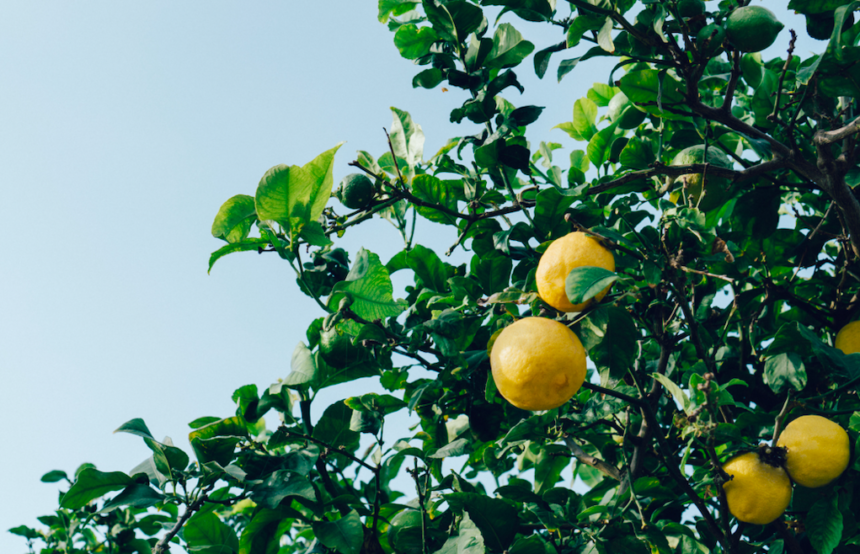Lemons are not only a versatile fruit but also a popular choice for home gardening in South Africa. Their tangy flavor and high vitamin C content make them a valuable addition to any kitchen. If you’re considering growing lemon trees in your garden, here are ten important things you should know before getting started:
- Climate and Region: Lemons thrive in warm subtropical and Mediterranean climates. In South Africa, regions such as Limpopo, Mpumalanga, and parts of KwaZulu-Natal are well-suited for lemon cultivation. Ensure that the average temperature ranges from 15 to 30°C for optimal growth.
- Soil Requirements: Lemons prefer well-drained soil with good fertility. The soil should be loamy or sandy to allow for proper water drainage. Conduct a soil test to determine its pH and nutrient levels. Lemons prefer a slightly acidic to neutral pH between 6.0 and 7.5.
- Variety Selection: Choose lemon varieties that are well-adapted to your specific region and climate. Popular varieties in South Africa include Eureka, Lisbon, and Meyer. Consider factors such as fruit quality, disease resistance, and tree size when selecting the right variety for your lemon orchard.
- Propagation: Lemons can be propagated through seeds, cuttings, or grafting. However, for consistent and quality fruit production, it is recommended to propagate through grafting. Seek professional help or attend workshops to learn the proper techniques for successful propagation.
- Planting Time: Plant lemon trees during the warmer months when the risk of frost has passed, typically in spring or early summer. This allows the trees to establish their root systems before the onset of winter. Avoid planting during periods of extreme heat or drought, as it can stress the young trees.
- Spacing: Provide adequate spacing between lemon trees to allow for their mature size and canopy development. Space the trees at least 4 to 6 meters apart in rows, depending on the variety and growth habit. This ensures proper air circulation, sunlight penetration, and ease of maintenance.
- Watering: Lemon trees require regular watering, especially during dry spells or drought conditions. Provide deep and infrequent irrigation to promote deep root growth. Water the trees thoroughly and allow the soil to dry slightly before watering again. Avoid overwatering, as it can lead to root rot and other diseases.
- Pruning: Regular pruning is essential for lemon trees to maintain their shape, promote airflow, and encourage fruit production. Prune during the dormant season to remove dead, damaged, or crossing branches. Thinning the canopy also allows for better light penetration, reducing the risk of disease development.
- Pest and Disease Management: Lemon trees can be susceptible to pests such as aphids, scale insects, and citrus leaf miners. They may also be prone to diseases like citrus canker and sooty mold. Implement integrated pest management practices, such as regular monitoring, cultural practices, and appropriate use of organic or chemical controls, to manage these issues effectively.
- Harvesting: Lemons can be harvested once they have reached their full size and color. However, they can be harvested at different stages of ripeness, depending on personal preference. Gently twist the fruit from the tree or use pruning shears to cut the stem close to the fruit. Lemons can be stored at room temperature or in the refrigerator for a few weeks.
By considering these ten important factors before growing lemons in South Africa, you’ll increase your chances of a successful and fruitful harvest. Enjoy the zesty and refreshing taste of homegrown lemons in your culinary creations, from refreshing lemonade to tangy desserts and flavorful marinades.
Image by d3images on Freepik
Join 'Farmers Mag' WhatsApp Channel
Get the latest Farming news and tips delivered straight to your WhatsApp
CLICK HERE TO JOIN






